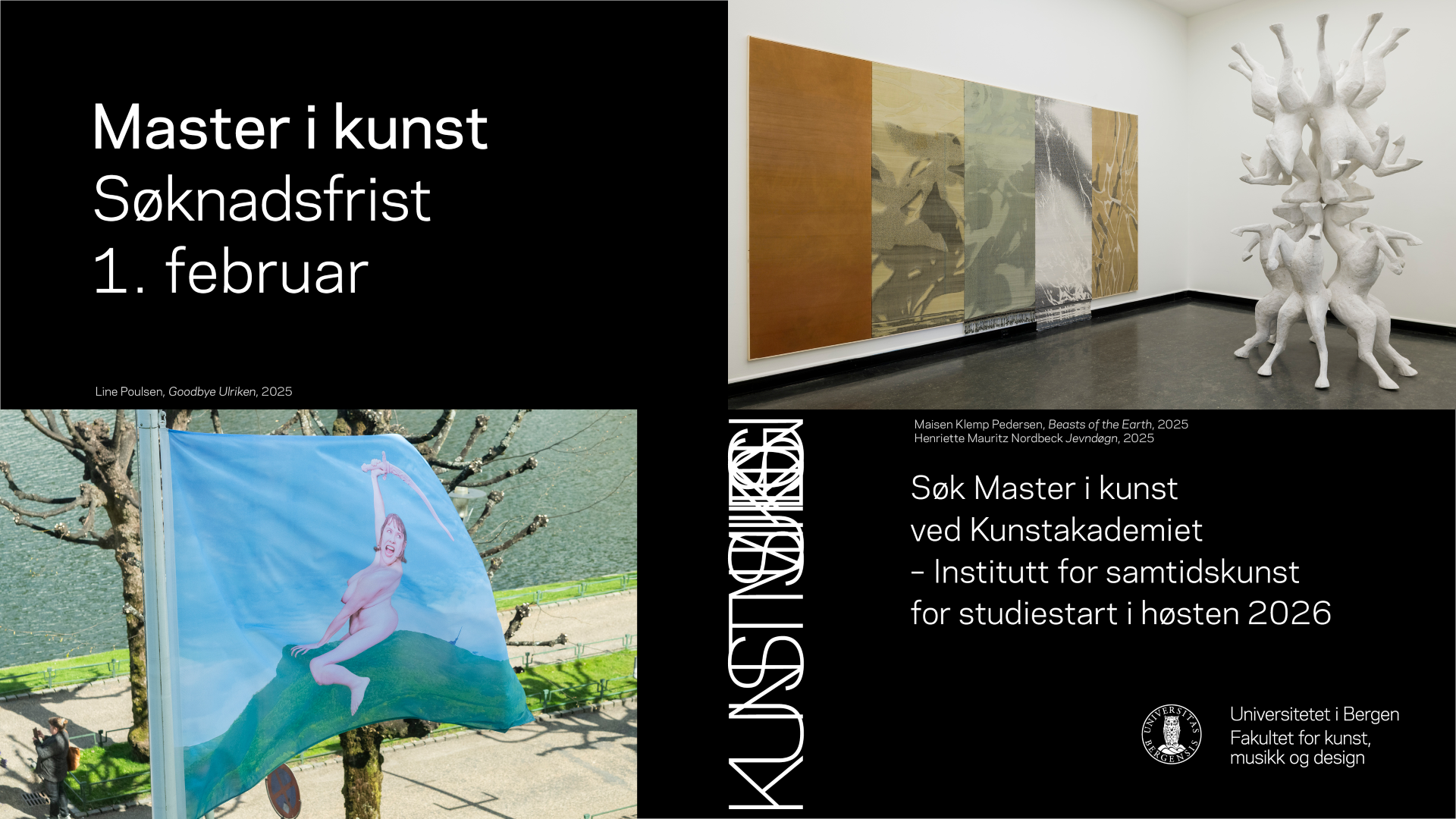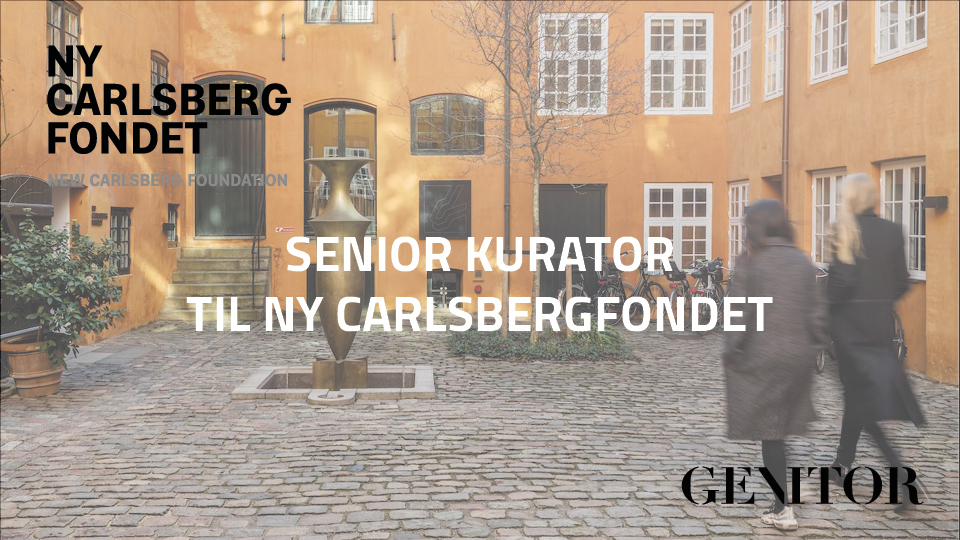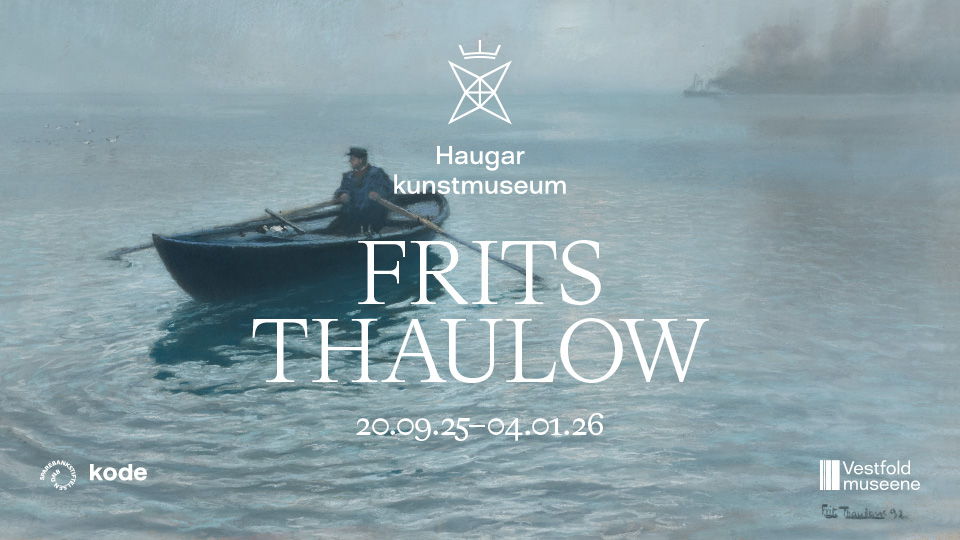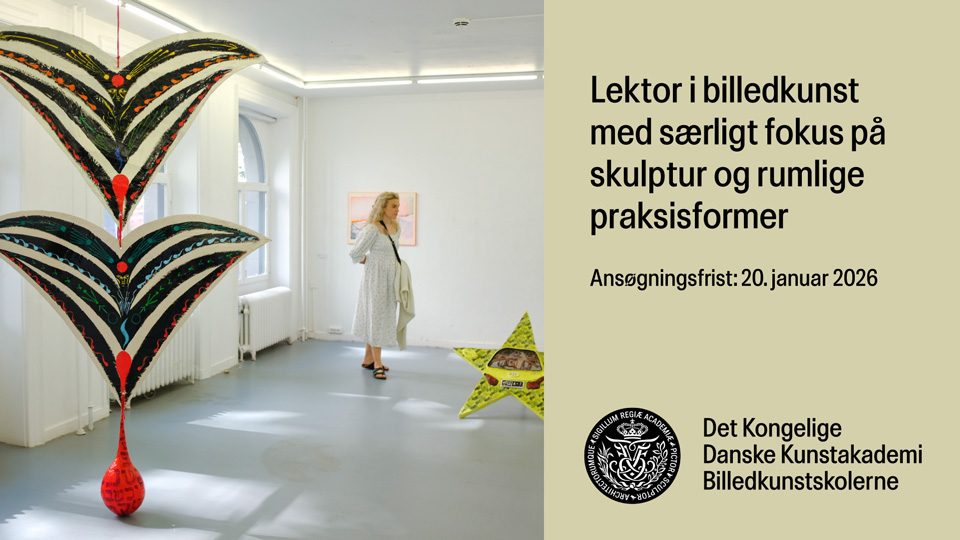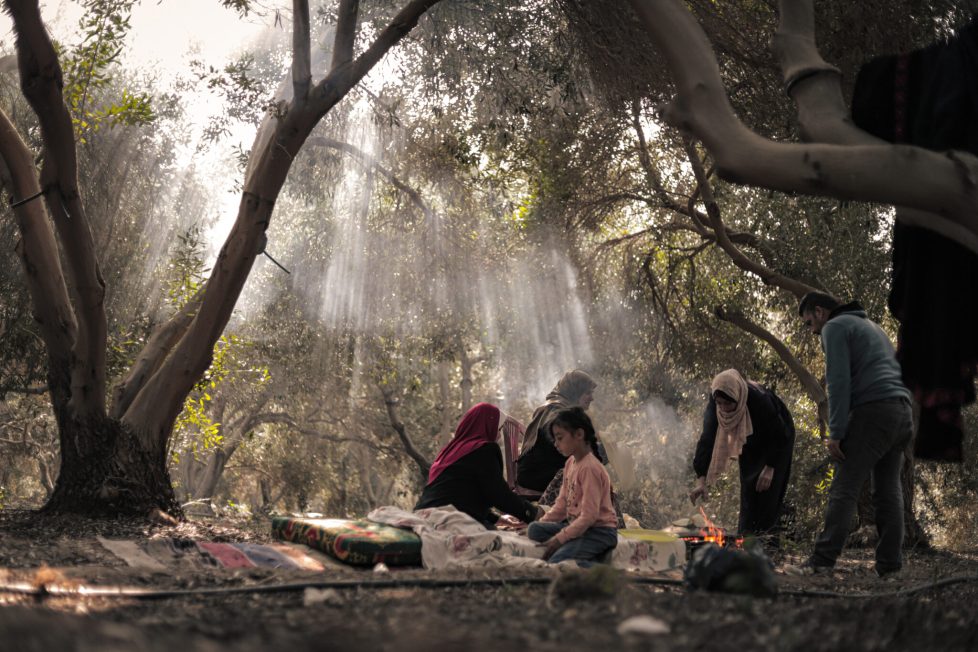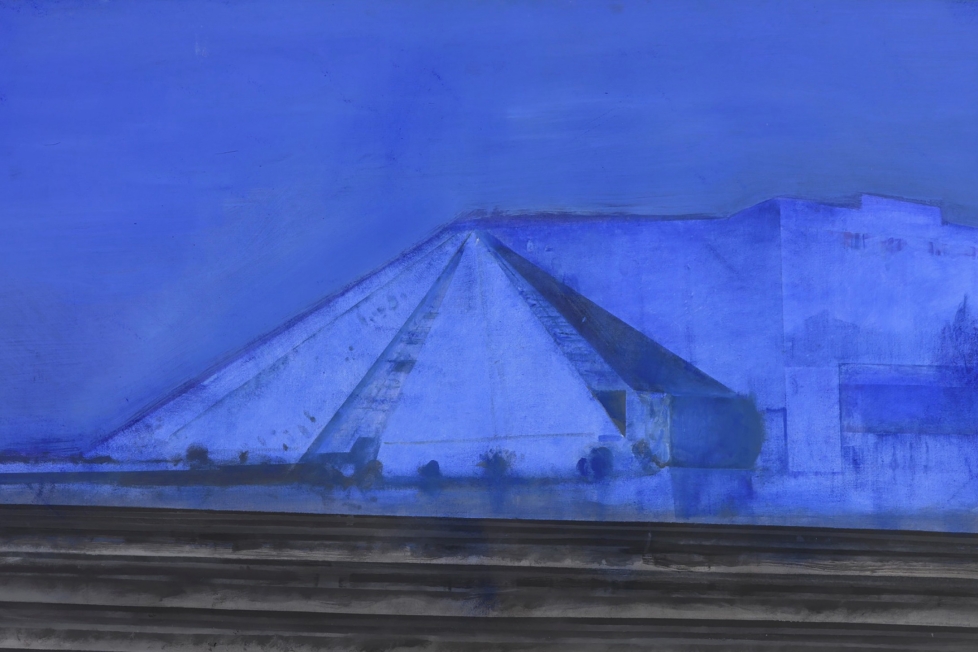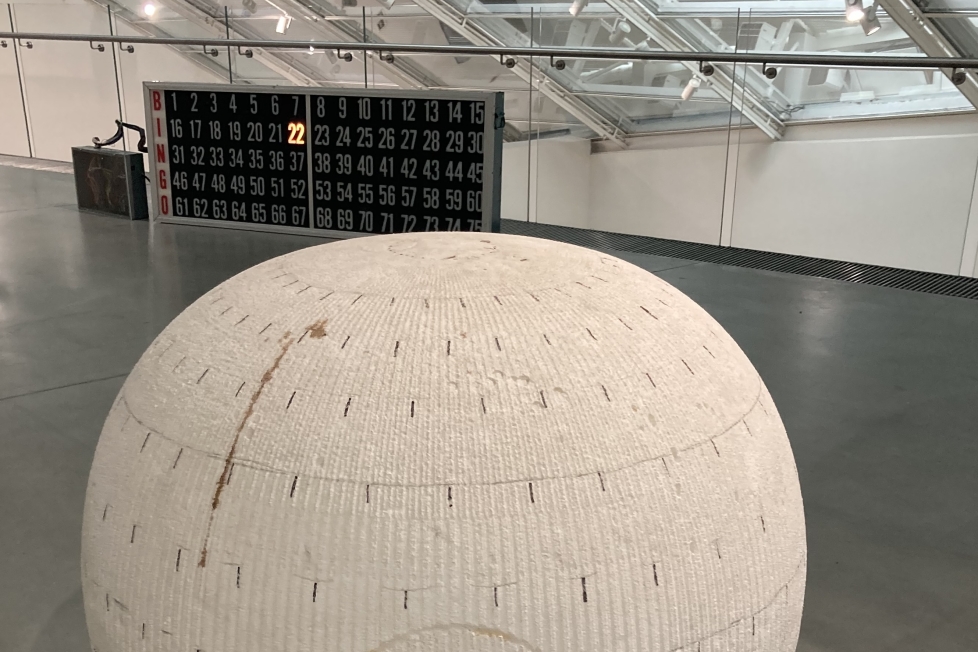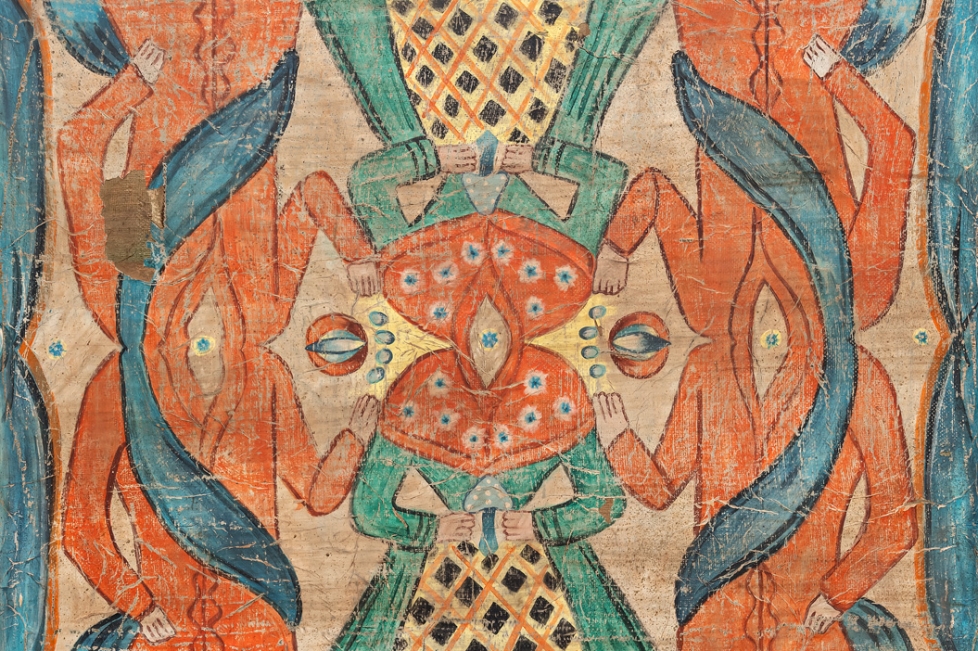
Just a few years ago, the Norwegian art scene’s autumn season began in early September; these days it begins in August. At least ten exhibitions had opened by mid-August at the galleries, and Wednesday 19 August also saw the first opening among the mid-sized institutions as the Office for Contemporary Art Norway launched a film performance by the New York-based artists Ayreen Anastas and Rene Gabri. Known from the artist group 16 Beaver, Anastas and Gabri’s output also includes Ecce Occupy, a publication issued in connection with Documenta 13 in 2012. At OCA they have brought along the artist and activist Ben Morea, known for his participation in the anarchist groups Black Mask and Up Against the Wall Motherfuckers in 1960s New York. The exhibition ends on 1 November.

Other August exhibitions of note included Christian Messel at NoPlace, Mikael Brkic at VI VII, The African Art Show at Kunstplass [10], Vibeke Slyngstad at Osl Contemporary, as well as a small exhibition featuring the Swedish painter Nils Rundgren AKA Björnjägeren (The Bear Hunter) (1890–1971) at the new Diorama. The gallery has been homeless since its break with The Stenersen Museum in December 2014, but is now reopening in a former launderette in Sannergata 25.
Photo art has languished somewhat in the shadow of “contemporary art” for some years now, but seems to be experiencing something of a revival on the art scene these days, perhaps as the result of the keen interest surrounding the oeuvre of Tom Sandberg, who died in 2014. Galleri K ushers in the autumn season with black-and-white photographs by Espen Tveit, and Entrée in Bergen started the season with colour photographs by Øystein Klakegg, making a guest appearance at Visningsrommet USF. The gallery will re-open in a new site on Markeveien 4B in late September. Towards the end of September, Fotogalleriet will present the American documentary photographer Alec Soth.
FEW GROUP EXHIBITIONS

If you are looking for intelligent and provocative group exhibitions you will find little to catch your eye in either Bergen or Oslo this autumn. In those cities it is all about solo shows of greatly varying quality and nature; Bergen Kunsthall offers a European programme featuring the virtuoso Italian avant-garde artist Giorgio Graffa (1936–), the Romanian sculptor Anna-Bella Papp and the French installation, fanzine and book artist Jean Michel Wicker. Hordaland kunstsenter presents the South African artist James Webb on Friday 21 August.
Solo shows also hold sway in Oslo: In September, The Museum of Contemporary Art presents the Amsterdam-based film and photo artist Fiona Tan and later prints by the modernist Anna Eva Bergman. At the same time the Astrup Fearnley Museum shows Damien Hirst’s infamous diamond-studded skull For the Love of God from 2007, surrounded by thirteen Hirst works from the museum’s own collection. The Henie Onstad Kunstsenter set out to attract large audiences with works by the anthroposophist Hilma af Klint (1862–1944), borrowed from Moderna Museet. Opening in October.

More risky, and hence more interesting, are 1857’s presentation of the Los Angeles-based Nancy Lupo, an artist whose choice of media includes commercial plastic containers (opening early September), and Kunsthall Oslo’s presentation of the Bergen-based Azar Alsharif, opening in mid-September. Alsharif has previously contributed to a group show at Kunsthall Oslo in 2011 and now returns with more art prints based on fragments of the commodity-based culture that surrounds us. Kunstnernes Hus presents Lars Laumann solo in November.
These two venues, Kunsthall Oslo and Kunstnernes Hus, have also joined forces to present an exhibition of works by Gustav Metzger; it too will open in November. Metzger arrived in England as a refugee in 1939 and has devoted his life to art as activism and activism as art. Among other things, he was the artist behind the concept of Auto-Destructive Art and The Art Strike 1977–1980. The latter initiative urged all artists in the world to smash the art system by not making, showing or selling art for three years.

THE DISSOLUTION OF THE SOCIAL SPHERE
The shortage of interesting group exhibitions is to a large extent balanced out by Momentum – on until the end of September – and, importantly, by the Lofoten International Art Festival opening on 28 August. With LIAF 2015, the curator Arne Skaug Olsen makes his debut within the realm of large-scale events. He is joined by the British curator and writer Matt Packer in orchestrating the exhibition Disappearing Acts; judging by the list of artists featured, this appears to be an eclectic and highly interesting group exhibition that is very much in keeping with the spirit of the 2010s: while maintaining a certain distance to identity politics and the critique of capitalism, most of the twenty-four listed artists apply a post-humanist visual quality that inserts a philosophical and existential project in between the objects, media and technology of our surroundings. The curators describe the theme in the following terms: “the festival will take its thematic basis on ideas of human agency disappearing through the processes of history, ecology, and technology”. Those who like to ponder such matters can assess whether LIAF’s disappearing acts can be said to relate fruitfully to the tunnel vision of Momentum. Do these projects not share a similar interest in the dissolution of the social sphere, of the sense of community?

Another group exhibition worth looking forward to is this year’s edition of The Norwegian Sculpture Biennial. The curator Anne Szefer Karlsen promises that the exhibition will feature art that “foregrounds our relationship with screen and display culture”; according to Karlsen this prompts the question of “whether three-dimensional art is in the process of being fundamentally changed.” The exhibition includes works by artists such as Emma Brack, Toril Johannessen and Janne Kruse, as well as contributions from Matias Faldbakken and Leander Djønne – a pair who constitute a new partnership on the art scene.
AN ART FAIR FOR NORWAY

The commercial galleries of Oslo launched their autumn season in Copenhagen by participating in the art fair Chart, which opened Friday 21 August. The participants included Peder Lund, Osl Contemporary, VI VII and Galleri Riis. It would seem, then, that in just two years Chart has managed what Market in Stockholm has failed to do in ten: to attract some of the most important Oslo galleries with international ambitions. Peder Lund follows up the Copenhagen visit with exhibitions in Oslo, featuring the American artist Jay DeFeo (1929–1989) in September and Martin Creed from the UK in November. DeFeo was associated with the Beat generation of 1950s San Francisco, and Peder Lund presents variants of her magnum opus, The Rose. Creed escaped the 1990s label Young British Artist by the skin of his teeth, but inspired several of those artists with his conceptual and minimalist objects. Like many neo-conceptualists Creed has returned to painting in recent years, employing traditional and performative formats alike.
The Trondheim art season began with a four-day video programme at Trøndelag Senter for Samtidskunst from 24 to 28 August. Presenting works from the last decade, the exhibition comprised two parts: one orchestrated by the Tromsø-based curator and art historian Hanne Hammer Stien, the other by the Oslo-based curator and media scholar Susanne Sæther. The exhibition featured a total of eleven artists. Susanne Sæther states that works by Liv Bugge, Leander Djønne and Jumana Manna represent “contemporary and historic power structures [that] take on concrete, frequently bizarre physical forms.” At Kunsthall Trondheim, which recently confirmed that Helena Holmberg will stay on as artistic director, the entire autumn is taken up by the project Meshes of the Afternoon, The School of Landscape – Department Trondheim, starting 14 September.

In Stavanger the autumn season began on 27 August with exhibitions by Sandra Vaka Olsen at Rogaland Kunstsenter and Tora Dalseng, Mari Kolbeinson, Magnhild Øen Nordahl, Lene Baadsvig Ørmen and Olaf Breuning at Kunsthall Stavanger. The season also offers quite an event: the municipally-run Galleri Sølvberget in Stavanger Kulturhus is reinstated on 9 September, brimming over with ambition and presenting an opening exhibition of works by the Berlin-based artist Sissel Tolaas.
